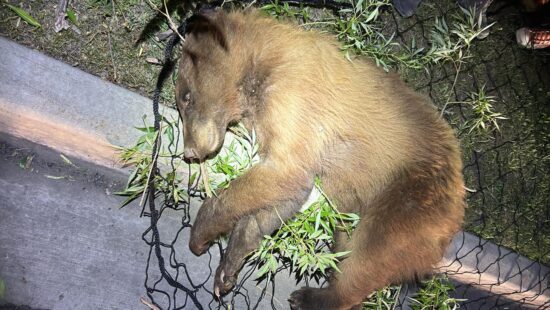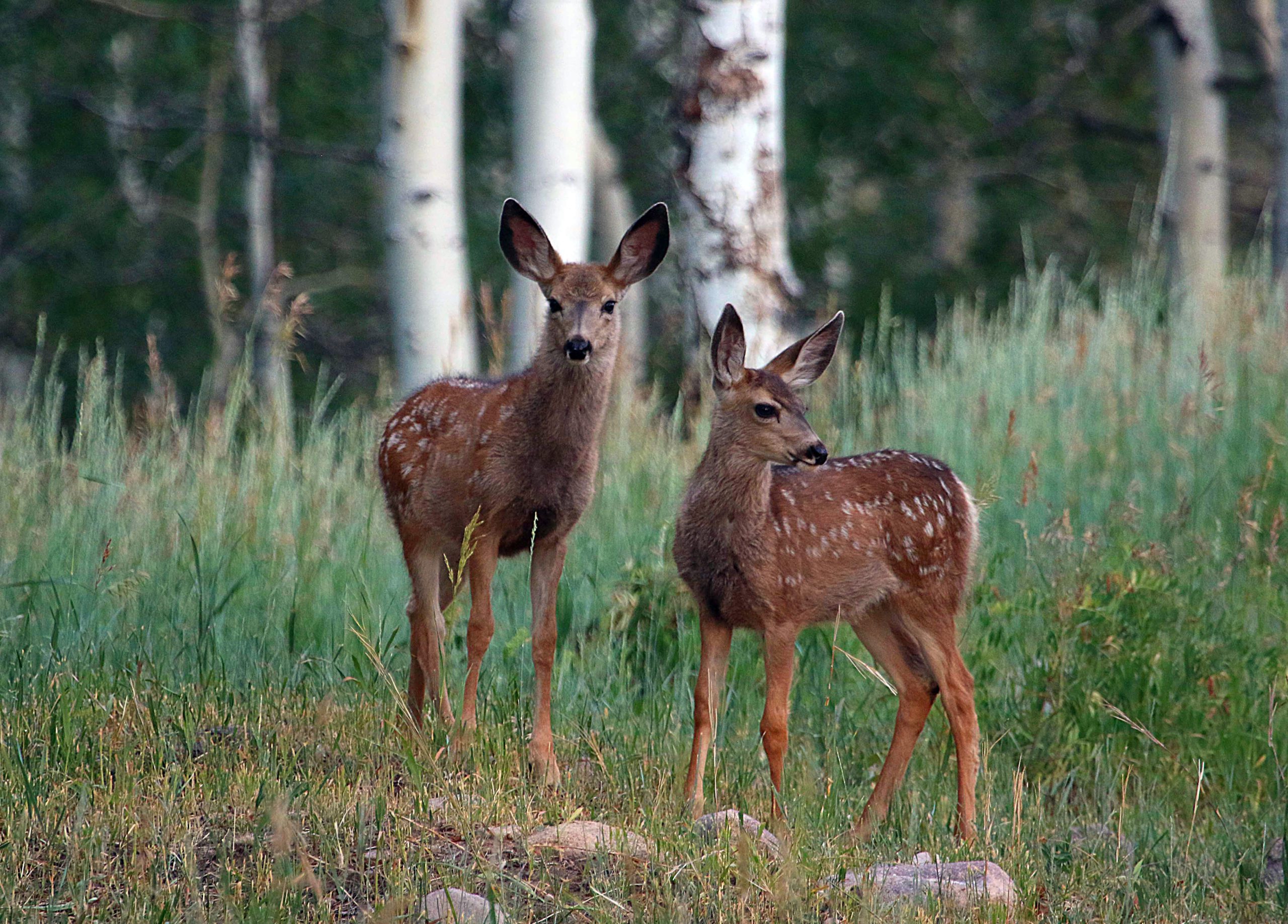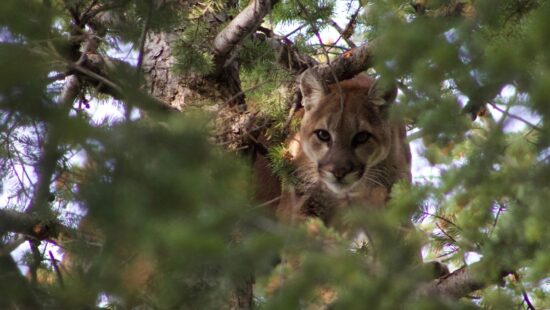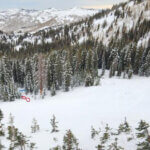Environment
Utah’s Watershed Restoration Initiative has restored over 148,000 acres since 2022
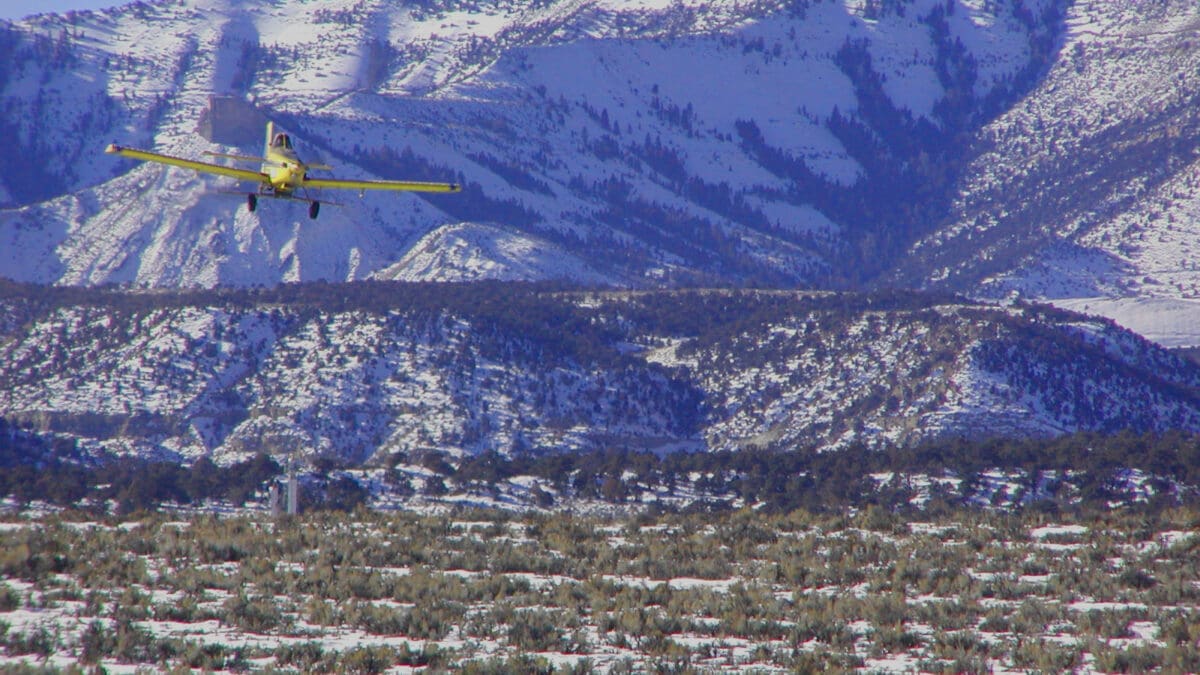
Photo: The DWR conducting aerial seeding as part of the Watershed Restoration Initiative. Photo Courtesy of the Utah Division of Wildlife Resources
Theprogram has improved over 2.5 million acres of Utah’s landscapes through a total of 2,700 restoration projects and has created an estimated 6,560 jobs
SALT LAKE CITY – The Watershed Restoration Initiative in Utah is dedicated to enhancing and rehabilitating crucial watersheds and habitats across the state. In the fiscal year spanning from July 1, 2022, to June 30, 2023, an impressive 148,883 acres were enhanced through this innovative program.
Established in 2006, the program, developed through a partnership with the Utah Department of Natural Resources, is dedicated to enhancing watershed health and biodiversity, elevating water quality and yield, and fostering sustainable utilization of natural resources, which encompasses the restoration of fish and wildlife habitats.
The Utah Division of Wildlife Resources, a foundational partner in the initiative, plays a crucial role in the planning, supervision, and execution of regional restoration projects.
Since 2022, the restoration initiative has restored 148,883 acres across Utah, including 31,518 acres burned by wildfires; mixed and spread 523,120 pounds of seed on various landscapes, including those burned by fires, across Utah; completed a total of 101 habitat restoration projects; improved 262 miles of streams; and created an estimated 644 jobs in the state.
“These proactive projects to improve wildlife habitat and watershed health throughout the state are crucial, not only for our fish and wildlife species, but also for the residents of Utah,” Utah’s Watershed Restoration Initiative Program Director Tyler Thompson said.
“It takes a great deal of coordination and funding to make these projects possible, and we are very grateful to our many partners and their continued support of wildlife conservation and improving water quality.”
As part of the restoration initiative, the program also utilizes projects to improve habitat health. This include conducting tasks such as aerial seeding after a wildfire; removing encroaching trees for sagebrush preservation and rangeland fire management; prescribed fires to reduce fire fuels in an area, which reduces the risk of a catastrophic wildfire, and to enhance the aspen habitat utilized by many wildlife species; stream restoration through various techniques, including an innovative method of building artificial beaver dams; and planting shrubs and sagebrush to provide feed and shelter for mule deer, sage-grouse and other wildlife species.
More than 86 partners contributed over $37 million in total funding to support various restoration projects. The financing for these initiatives is sourced from the DWR Habitat Council, funded by a share of the fees collected from customers for licenses, permits, stamps, and certificates of registration.
Additional funding partners encompass the Bureau of Land Management, U.S. Forest Service, U.S. Fish and Wildlife Service, Natural Resource Conservation Service, conservation groups, and numerous other non-governmental organizations.
Visit the WRI website to see where these projects have taken place across the state.
















